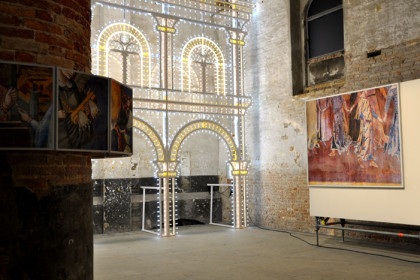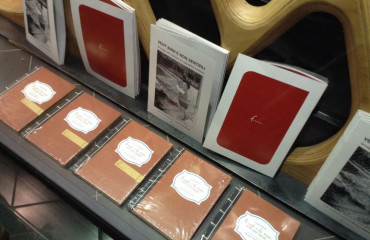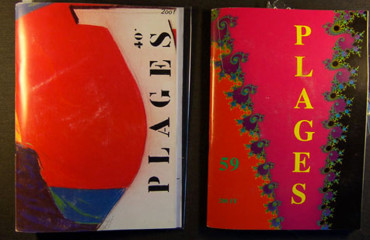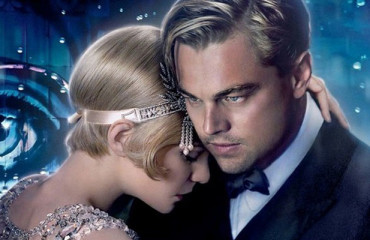
Curtain up on the Architecture Biennale, the Biennale of the anti-star Rem Koolhaas, and as expected opinions are unleashed: enthusiasts and critics, sycophants and sarcastics, architects and journalists give their opinion on the Dutch architect’s curatorial line.
Of course, this year’s edition brings a break from previous festivals: President Paolo Baratta emphasizes the element of “research”, while the curator seems to have chosen a sort of “return to order”, to architecture Fundamentals (the title), banishing all spectacle and integrating the Architecture Biennale with Dance, Music, Theatre and Cinema. A new experiment which takes place seamlessly along the immense spaces of the Corderie dell’Arsenale – accompanied by the band of an ancient Italic map, the Tabula Peutingeriana – where 41 individual research, assisted just by dance performance and eighty movies’ projections, make up the mosaic of Monditalia that has the intention to retrace the Peninsula from south to north emphasizing its complexity and contradictions. The portrait that emerges is layered, chaotic at various points for the overlapping of too many audio and visual stimuli, and grants little to aesthetic enjoyment than expected usually visiting the exhibitions of the Bienniale.
Even more contested by the media section Elements of Architecture, held at the Central Pavilion Gardens: Koolhaas is really back to basic elements of architecture, including balconies and window frames, doors and ceilings, door handles and toilet in an analysis “under the microscope” of all that makes up the building science from its origins to today. For the first time the curator has also assigned a unique theme to all the national pavilions at the Biennale participants: 65 countries have been invited to deal with the topic Absorbing Modernity: 1914-2014, to reflect on the meaning of “modernity” in each context and on its position in the course of a century that has globally flattened, around the world, the national peculiarities.
And the Lions? The golden one was won by Korea, with Crow’s Eye View: The Korean Peninsula project, awarded for the ability to present a synergy – in a sensitive area – between architecture and urban planning, looking at the current geopolitical situation. A politically correct prize, it has been written… Among all exhibitions, of course, there is also the Italian Pavilion (Innesti/Grafting), curated by Cino Zucchi and divided into four sections. The first answers the call of Koolhaas and focuses, in an “historic” effective character exhibition, the architectural and urban planning events of Milan in the last hundred years, concluding the path with the opening towards Expo 2015. An environmental laboratory. A short passage between Environments cut and paste leads to A Contemporary landscape and to architecture of excellence that it is placed with care and attention. Finally Inhabited landscapes, a video installation created by different authors through a public open call that shows “the relationship between public spaces and the life that runs through them, adapts to them, transforms them and abandon them”.
Fundamentals. Biennale Architettura 2014
Until 23rd November 2014
Venice, various locations
 English
English  Italiano
Italiano 



